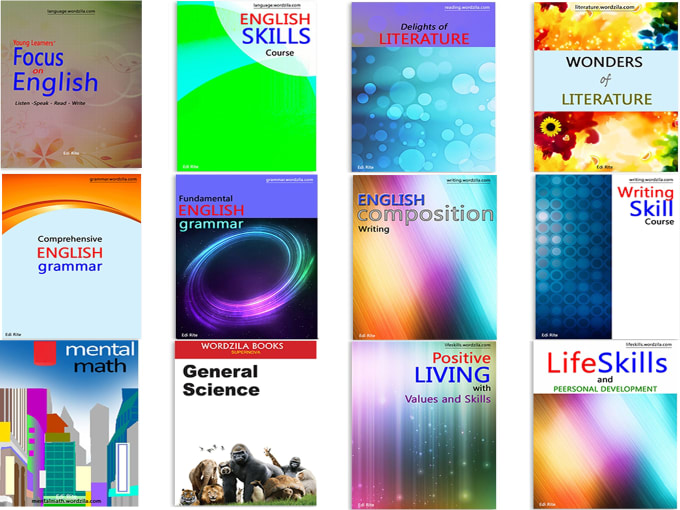Grade 10 Grammar Lesson 20 Parallel structures
What does parallel structure mean?
How can we make sure that our statements are parallel at the word or phrase level?
How can we make sure that the clauses we use in our sentences are parallel?
Is it necessary for the lists we put up after a colon to show a parallel structure?

- Many adjectives can be used either before the nouns they describe or as complements of linking verbs.
- Some adjectives can only be used as complements. They include some ‘a‘ adjectives like afraid, alight, alike, alive, alone, ashamed, asleep, awake, aware.
- We may use other related adjectives before nouns instead of such ‘a‘ adjectives.
- Some adjectives when they describe health and feelings: content, fine, glad, ill, poorly, sorry, (un) sure, upset, (un) well.
- Some classifying adjectives are never used as complements; they are used only before nouns.
- Some adjectives such as concerned, involved, opposite, present and responsible have different meanings when used before and after a noun.
- When we use more than one adjective before a noun, there is a preferred order for this:opinion + size/physical quality/shape/age + colour + participle adjective + origin + material + type + purpose
Go to page 1 2
